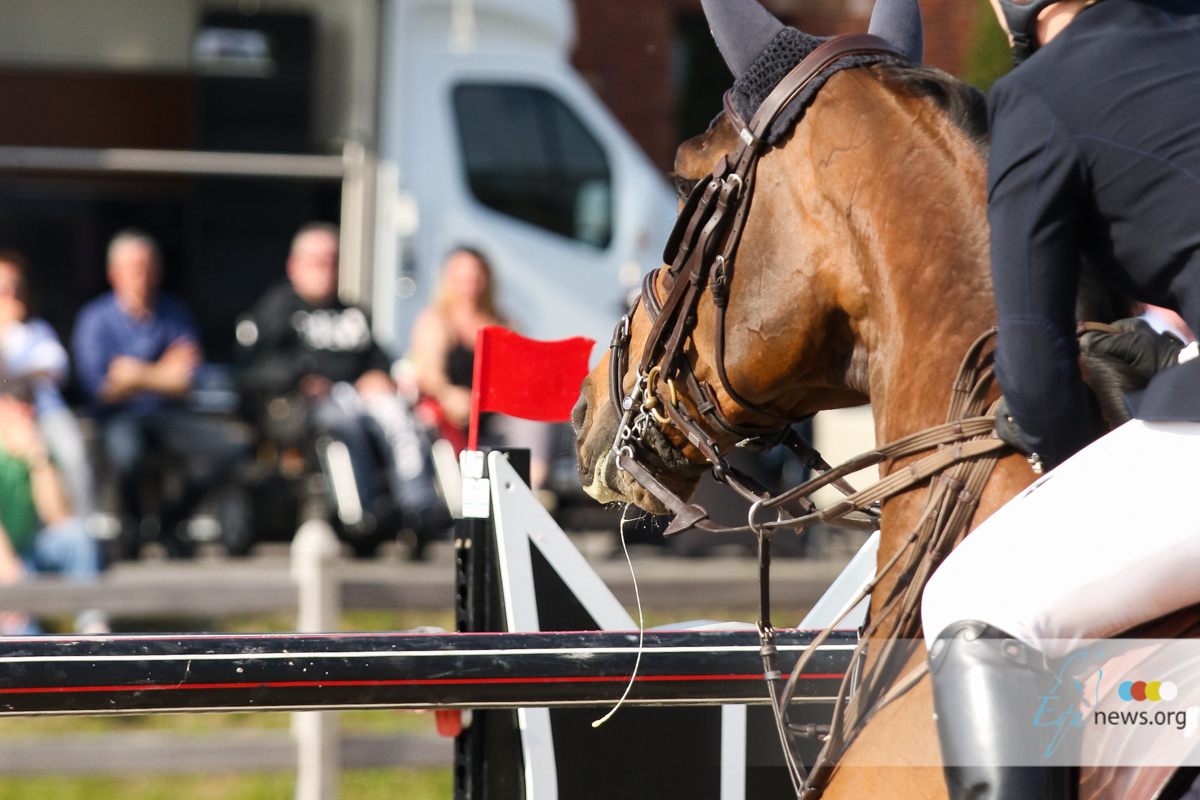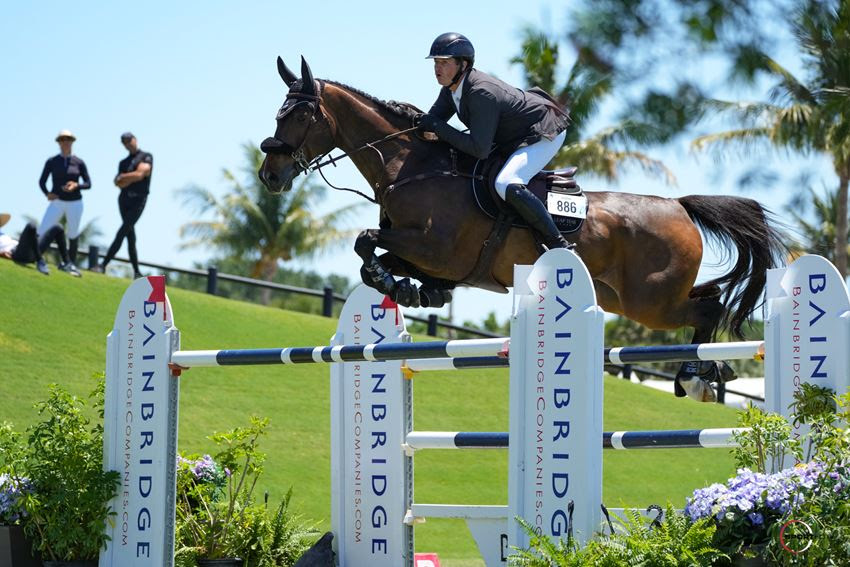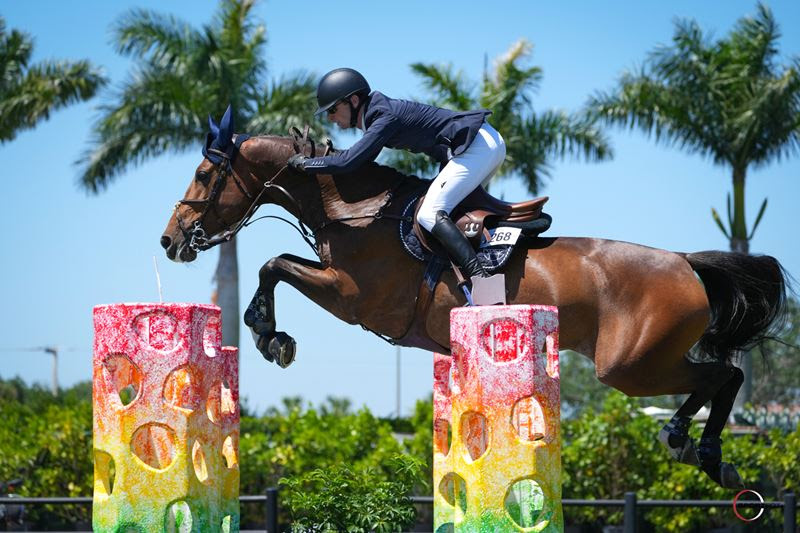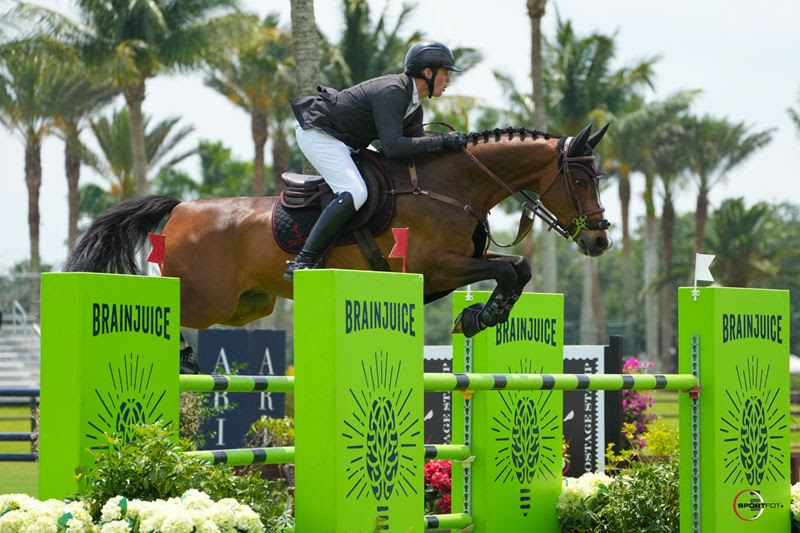US Equestrian’s next step is to develop a network of therapists that will be a resource to both US Equestrian athletes and the therapist. There is no cost to a therapist to be involved with US Equestrian’s network, but the therapist will have to comply with the below items, some of which are linked to the requirements placed on us as a National Governing Body and some ensure we develop a network that has a similar basis in terms of thought process.
In order for a physiotherapist to become a part of the US Equestrian Network a few criteria will need to be followed. Below are the steps:
- Three years’ licensed experience as a physical therapist and work in sports of some kind;
- Complete an application, pass a background check, complete SafeSport training (background checks and SafeSport training are to be completed to be recognized by US Equestrian and any other NGB);
- Complete one course with Thomas. Details on the course are listed below, along with dates of where and when the courses will take place. The course is of no cost to the therapist other than travel and accommodations for the course.
Practitioners who meet the requirements will be added to the US Equestrian’s Therapists Network List. The list will be distributed to athletes supported by the Federation’s High Performance Programs. In time, we hope to develop a method of advertising this list to the entire membership of US Equestrian.
A little background on Thomas: Andy is a British-based physiotherapist. Over the last 12 years working with elite equestrian athletes, he has developed a well-respected program that includes the identification of rider asymmetries, weaknesses, and imbalances. He has also worked to build strength and conditioning exercises to address weaknesses, and has overseen some complex and time-constrained rehabilitation programs. Working with over 500 elite and developing elite riders, Thomas has identified three distinct causes of imbalances which all will have a performance-inhibiting effect on riders. This impact can be seen in areas such as rider suppleness, rider slipping to one side (saddle / rider) on lateral work, etc., and will affect the rider’s ability to be coached, the horse’s movement, and the combination’s performance in the arena.
Management, Treatment, and Rehabilitation of the Human Equestrian Athlete Course Syllabus:
The course is an interactive, hands-on, practical course that will be delivered over eight hours. The course may or may not be split into a two-day course and is divided into three key sections:
- Anatomy, biomechanics, and functional movement patterns of the human equestrian athlete.
- Assessment of common asymmetries and imbalances and associated non-traumatic injury.
- Functional assessment (on horse), identification of common faulty movement patterns, their effect on performance and injury, and development of rehabilitation pathways.
Thomas will conduct his first course in the United States on May 15 (and possibly May 16, depending on how many register). The course will be held at the prestigious Hamilton Farm in Gladstone, N.J. Hamilton Farm houses the offices of the United States Equestrian Team Foundation and the US Equestrian Federation. As a perk for the course being held during this time, the 2017 Dressage Festival of Champions/National Championships will take place during this same week. This will allow practitioners that are new to equestrian sport to watch some of our top athlete/horse combinations compete.







